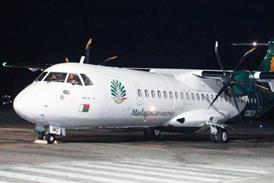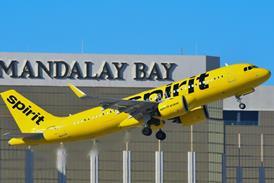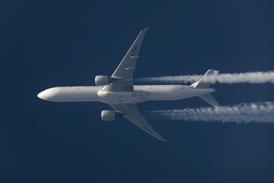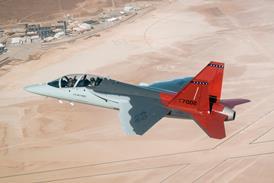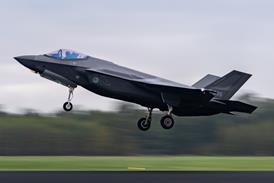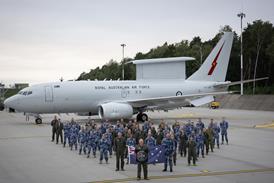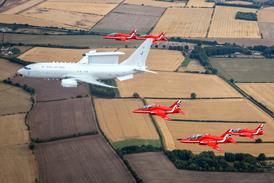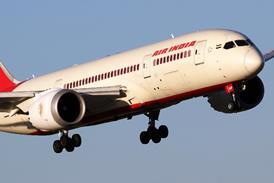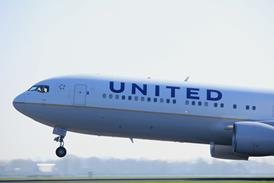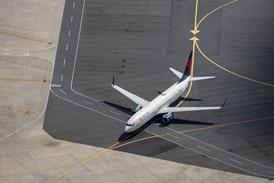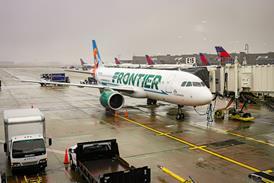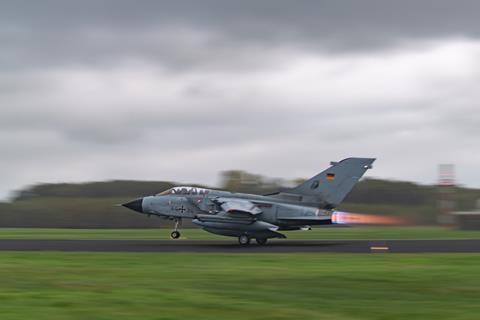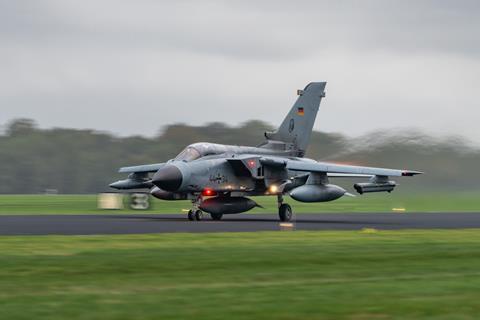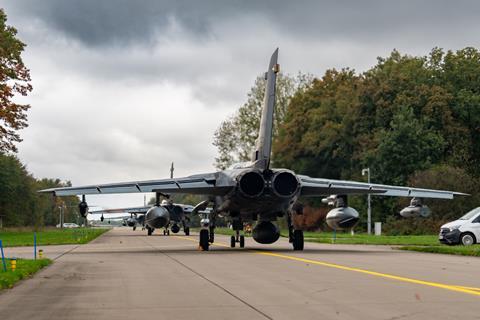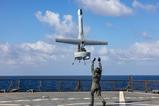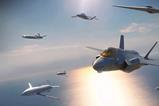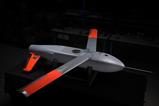For the first time, Lockheed Martin F-35 stealth fighters have taken the lead in NATO’s annual nuclear readiness drills.
Known as Steadfast Noon, the alliance’s yearly nuclear deterrent exercise runs from 13-24 October across Europe, with 14 countries and more than 70 different aircraft participating.
Among that number are F-35As from the Royal Netherlands Air Force (RNLAF), which will be leading the Steadfast Noon strike package for the time in the alliance’s 76-year history.
The chief of NATO nuclear operations, US Air Force (USAF) Colonel Daniel Bunch, says the Dutch F-35As will be operating from Vokel air base in the Netherlands, home to one of the RNLAF’s two frontline F-35 squadrons.
“This is the first year where the F-35 is going to be leading this mission,” Bunch says.
Multi-role Panavia Tornado strike aircraft from the German air force will be flying alongside the Dutch F-35As. Both types are certified to carry the USA’s B-61 air-dropped nuclear bomb.
“Steadfast Noon is a nuclear deterrence exercise, but no nuclear weapons will be used or exercised with during this exercise,” Bunch notes. “It is about demonstrating the capabilities of the aircraft and the people maintaining them.”
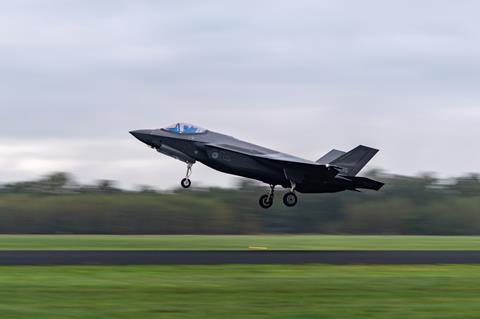
The drills will also include the full range of supporting aircraft that would help a nuclear-armed strike force get over its target, including tankers, command and control platforms and escort fighters.
Bunch says the F-35 will be contributing a variety of capabilities to the exercise, but will primarily serve in the strike role. The F-35A and the USAF’s handful of Northrop Grumman B-2 bombers are the only stealth aircraft in the NATO inventory capable of delivering nuclear weapons.
Under the alliance’s so-called “nuclear sharing” agreement, American atomic bombs stored in Europe can be carried by “dual capable” strike fighters from Belgium, Germany, Greece, Italy, the Netherlands and Turkey.
NATO member France also maintains its own independent arsenal of nuclear bombs, which can be carried by the French air force’s Dassault Aviation Rafale fighters. Paris has traditionally kept its nuclear forces outside the NATO command structure.
France, the UK and USA all separately maintain fleets of nuclear-armed ballistic missile submarines, while Washington also operates a network of land-based intercontinental ballistic missiles and additional nuclear armed bombers in North America.
“Since 1949, nuclear deterrence has been a core part of NATO’s collective defence and mutual security commitment,” says Jim Stokes, the alliance’s director of nuclear policy.
“As long as nuclear weapons exist, NATO will remain a nuclear alliance,” he adds.
NATO headquarters in Brussels notes the Steadfast Noon exercises are “not targeted against any one nation”, but will “look at the real threats that we would face”.
While the drills are primarily focused on the readiness of nuclear forces, alliance officials say the 2025 iteration will incorporate some of the latest developments in warfare observed in Ukraine and along NATO’s eastern flank near the Russian border.
“One of the things that is new this year that we’re looking at is emerging and disruptive technologies, particularly the drone threat,” Bunch says.
He notes the Dutch F-35As participating in the nuclear drills have also participated in NATO’s air policing and interdiction mission to protect Eastern European member states.
In September, a contingent of the RNLAF fighters stationed in Poland responded to a breach of Polish airspace by at least 19 Russian drones. The F-35As had arrived in Poland less than two weeks before the incident as part of a regular rotation of NATO tactical aircraft.
Amsterdam operates a fleet of 46 F-35As, according to fleet analytics firm Cirium, and holds options to acquire a further 11 jets. Lockheed lists the Dutch F-35 fleet as having reached full operational capacity in 2024.
Bunch says Steadfast Noon 2025 participants are being challenged to plan around modern threats like waves of lethally armed uncrewed aircraft.
See more photos from NATO’s Steadfast Noon nuclear readiness drills:


